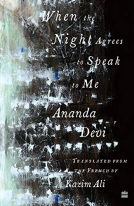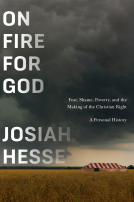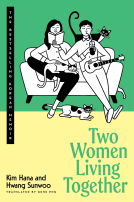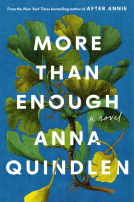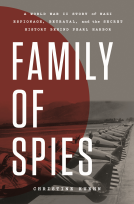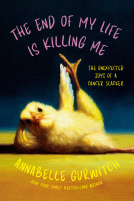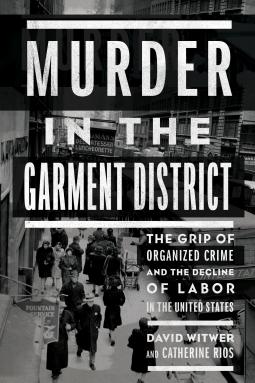
Murder in the Garment District
The Grip of Organized Crime and the Decline of Labor in the United States
by David Witwer; Catherine Rios
This title was previously available on NetGalley and is now archived.
Send NetGalley books directly to your Kindle or Kindle app
1
To read on a Kindle or Kindle app, please add kindle@netgalley.com as an approved email address to receive files in your Amazon account. Click here for step-by-step instructions.
2
Also find your Kindle email address within your Amazon account, and enter it here.
Pub Date May 05 2020 | Archive Date May 05 2020
Talking about this book? Use #MurderintheGarmentDistrict #NetGalley. More hashtag tips!
Description
In 1949, in New York City’s crowded Garment District, a union organizer named William Lurye was stabbed to death by a mob assassin. Through the lens of this murder case, prize-winning authors David Witwer and Catherine Rios explore American labor history at its critical turning point, drawing on FBI case files and the private papers of investigative journalists who first broke the story. A narrative that originates in the garment industry of mid-century New York, which produced over 80 percent of the nation’s dresses at the time, Murder in the Garment District quickly moves to a national stage, where congressional anti-corruption hearings gripped the nation and forever tainted the reputation of American unions.
Replete with elements of a true-crime thriller, Murder in the Garment District includes a riveting cast of characters, from wheeling and dealing union president David Dubinsky to the notorious gangster Abe Chait and the crusading Robert F. Kennedy, whose public duel with Jimmy Hoffa became front-page news.
Deeply researched and grounded in the street-level events that put people’s lives and livelihoods at stake, Murder in the Garment District is destined to become a classic work of history—one that also explains the current troubled state of unions in America.
Available Editions
| EDITION | Other Format |
| ISBN | 9781620974636 |
| PRICE | $26.99 (USD) |
| PAGES | 288 |
Average rating from 11 members
Readers who liked this book also liked:
Kim Hana; Hwang Sunwoo
Biographies & Memoirs, Nonfiction (Adult), Parenting, Families, Relationships
Annabelle Gurwitch
Biographies & Memoirs, Health, Mind & Body, Humor & Satire
Benjamin Reynaert
Arts & Photography, Home & Garden, Reference
